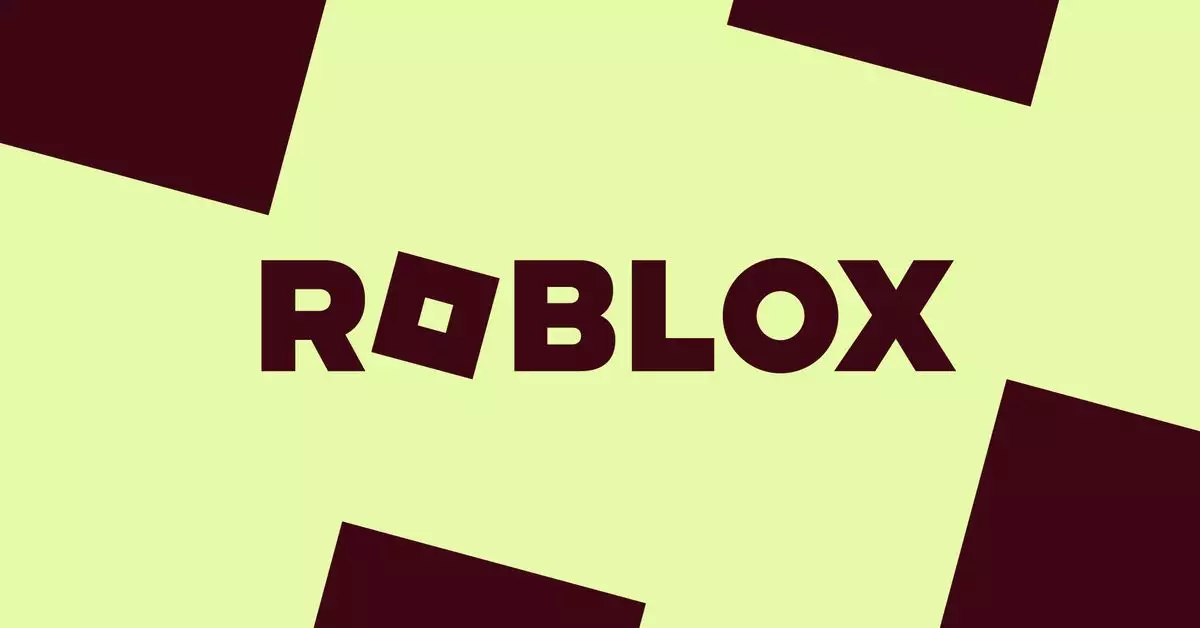In an age where online gaming platforms are synonymous with childhood entertainment, Roblox stands out as a significant player. With its expansive universe that allows users to create and play games, it has amassed millions of young users. However, safety concerns related to children interacting with potentially harmful content have recently escalated. In response, Roblox is rolling out a series of improvements aimed at bolstering child safety, particularly for users under 13.
One of the most pivotal changes involves the implementation of stringent communication restrictions for younger users. Effective Monday, players below the age of 13 will no longer have the ability to direct message (DM) other players outside of in-game settings. This policy aims to provide an additional layer of protection to minors by limiting private interactions. Furthermore, even in-game, communication will require explicit parental consent. This cautious approach reflects an essential shift towards prioritizing user safety over unrestricted social interaction.
The urgent need for these updates stems from alarming reports that have surfaced in recent months, revealing the disturbing realities of child safety on gaming platforms. Notable investigations, including a deep dive by Bloomberg, shed light on the way predators exploit Roblox’s chat functions to engage with vulnerable children. In a particularly intense characterization, Hindenburg Research labeled the environment as “an X-rated pedophile hellscape.” Such critiques not only highlight the necessity for change but also underscore society’s responsibility to create a safer online space for children.
In addition to communication limitations, Roblox has introduced comprehensive parental control mechanisms. Parents will now have dedicated accounts enabling them to oversee their children’s gaming activities remotely. This feature will offer tools to manage screen time and adjust settings without needing direct access to the child’s account. This evolution acknowledges the vital role of parental oversight in a child’s digital experience, promoting a healthier balance between playtime and supervision.
The landscape of content management on Roblox is also undergoing transformation. Rather than labeling each game with strict age ratings, the platform will now use content labels to indicate the nature of experiences available. For instance, users under nine will have access only to games designated with “minimal” or “mild” content descriptions. Moreover, to prevent exposure to more adult themes, users under 13 will be restricted from participating in free-form writing or social hangout experiences. By adopting this new categorization, Roblox illustrates its commitment to curating a more age-appropriate gaming environment.
As Roblox works to implement these safety features over the coming months, it demonstrates a significant step in addressing the pressing vulnerabilities faced by young gamers. By limiting communication, enhancing parental controls, and refining content rating systems, the platform is actively engaging in building a more secure digital landscape. While challenges remain, these updates are a proactive measure toward ensuring that Roblox remains a safe haven for creativity and play for its youngest users.

